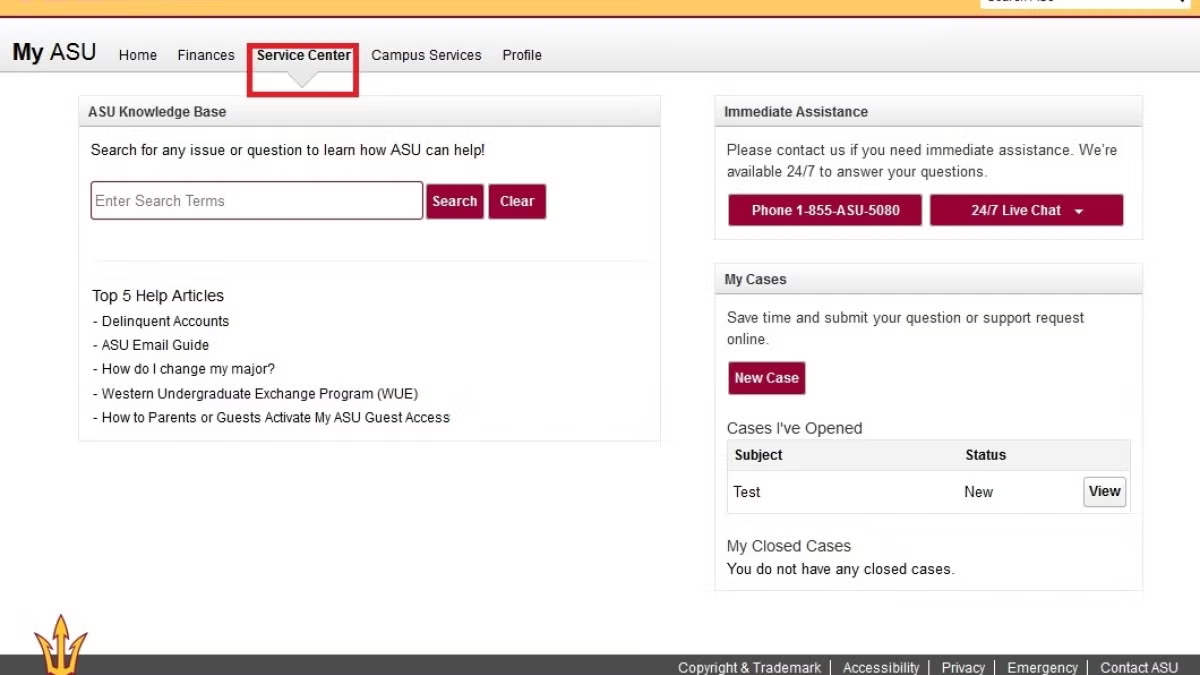Student service enhanced through My ASU

Arizona State University is committed to fundamentally advancing the way in which student service is delivered across ASU.
In order to deliver excellent service to our students, ASU is moving toward an integrated service model that allows for greater collaboration between departments, students, faculty and staff. This will provide ASU with greater insight into our students needs, and allow the university to deliver more proactive service.
It can be overwhelming for students to figure out who has the answers to their questions and how they can get them. Providing students with a one-stop-shop for service that is available at any time of day and from any device will reduce their frustration. Making it easy to navigate the university will increase student satisfaction, as well as improve retention and graduation rates by allowing students to focus on their academics.
ASU students have asked the university to advance the overall quality of service by providing better communication and access to information through technology. In response, on June 26, ASU released an online service center to all students. The objective was to integrate, personalize and streamline service for ASU students.
The service center in My ASU provides students with one place to ask questions, report issues and get immediate help. The service center is easily accessible online, and available to students 24/7.
My ASU is an online portal and the university's central hub for student communications and information. Through the My ASU Service Center, students can:
• Search the knowledge base for help
• Submit requests online by creating a case
• Check the status of their open cases anytime
• Get questions answered 24/7 through live chat
To view the students' My ASU Service Center experience, watch this video tutorial.
The My ASU Service Center enables students to save time by submitting their question or request for support online. The system automatically connects the request to their student record and routes it to the appropriate team at ASU. Students can check the My ASU Service Center anytime to track the status of their open requests and view an archive of their resolutions.
In the service center, the ASU Knowledge Base currently features more than 600 help articles answering students' most frequently asked questions. Students can easily search the knowledge base with their question and provide feedback directly on articles to rate the quality of the information.
These knowledge articles have been created by experts at many different levels across the university. The students' ratings provide university staff with the opportunity to consistently improve the quality of ASU's knowledge base.
Contact:
Crystal Gustavson, crystal.gustavson@asu.edu
assistant director of Student-Centric Communications
(480) 965-5914

